WINTER CAMERA EQUIPMENT LIST
As winter shooting is upon us I thought I’d make this post public as a guide to equipment I suggest for some of my different photo tours especially my Winter in Yellowstone Photo Tours. Here is a brief winter photography gear list along with clothing suggestions and other items you should consider bringing on colder climate tours or when shooting in general.
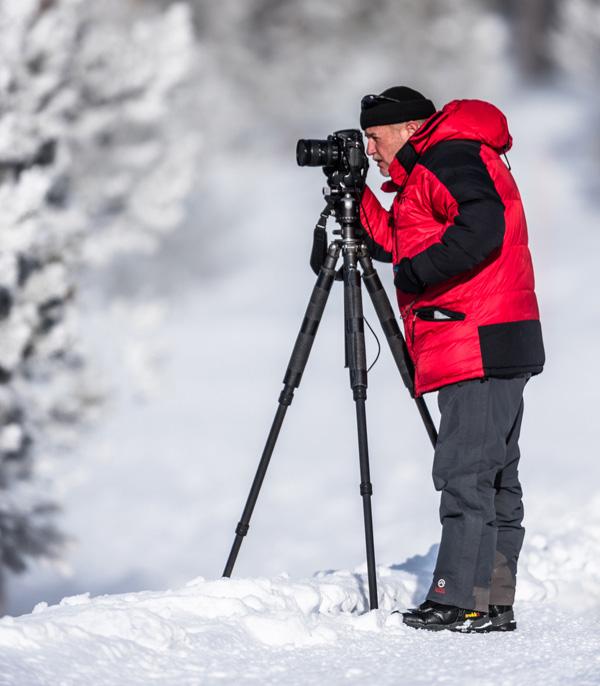
PLEASE keep in mind that this is a generic gear list which pertains to a few different photography tours including Yellowstone and Iceland. Not all equipment on the list might be necessary or helpful for all tours.
Must have…should have list of camera and clothing for winter photography
- DSLR or Mirrorless camera (1 back-up body is highly recommended)
- Minimum 2 spare batteries and wall charger. (TIP) Mirrorless cameras chew up batteries more quickly in the cold.
- A wide angle lens prime or zoom in the 16-35 mm range.
- My favorite non-prime for Yellowstone photography tours when using my Nikon Z7ii is the Nikkor 70-200mm with the 2x TC.
- I will also use my Nikkor 180-400mm f4 with built in TC on both my Z7ii or my D850.
- Additional lens, especially for trips with wildlife. A telephoto with at least a 400mm range. For the Yellowstone tour a 400, 600 or even 800mm will be great. Make sure your tripod will support the weight.
- A camera equipment rental place I’ve used, as have many of my clients, is Lens Pro To Go. They can deliver to our hotel in West Yellowstone and you can re-box it and leave it at the front desk for return. Check with them.
- (TIP) If you are going to rent a long lens and it has a foot on it to mount to your tripod be sure you have a mounting plate for it as well to be able to attach it to your ballhead.
- Shutter release cable (or remote). If purchasing a remote get one that uses radio waves to trigger.
- Sturdy tripod and ballhead. Really Right Stuff makes great gear. Consider the BH40 or BH55 ballheads. I know it’s extra weight to pack but don’t skimp when purchasing a good tripod and ball head.
- A polarizing filter is helpful in Yellowstone to cut the glare of the water, especially around thermal pools.
- Microfiber lens cloth. I actually cut up small pieces of old cotton flannel shirts to clean my lens of water drops or fog.
- Mininum of three 32 GB of memory cards or larger. More if you are not going to downloaded the images each night.
- Medium/large size camera bag which holds all your camera gear during the tour. It helps to have one large bag for all your gear and a smaller one which might hold a camera with a longer telephoto lens and a wide angle lens.
Nice to have:
- Laptop to download images for review and/or processing.
- 1 external hard-drive, I carry 2
- USB flash drive (Thumb drive) Nice to have if you want to quickly share photos with someone else in the tour.
- External back-up power source for phone.
- Back up camera body
- Filter holder with adapter rings which fits your lens (82mm and 77mm very common)
- Blower bulb to clear snow of camera and or lens. A small paint brush is great too for clearing snow off.
- Quick-dry towel like those used for backpacking.
- Rain cover for camera & lens. Keep it simple and grab a heavy weight trash bag.
- User manual for your camera. Download a .pdf of it and put it on your laptop/tablet/phone.
- Lens hoods in case it is snowing to help keep the snow off your glass.
GENERAL TRIP GEAR
Think layers! and avoid cotton.
- Wool base layer, top and bottom (merino wool does not smell unlike synthetic fibers after several days’ use).
- Polar fleece jacket
- Wear bright colors if you want to show up better in photos taken of you. :-)
- Heavy down coat depending on the tour and how quickly you get cold.
- Water-resistant shell jacket/parka…with a hood is best
- Waterproof/resistant pants, like Gore-tex or Nylon
- Taller snow boots will help to keep your feet dry on the Yellowstone tours.
- Neck gaiter. Can be used as a “Covid” mask which at this time is required while inside the Snowcoach. (Yellowstone tour)
- Wool socks.
- Warm pair of gloves or mittens
- Thin, tight weave, glove liners. I try to purchase most outer clothing that is made with wind resistant materials. . This link is what I’ve used for several years. I’ve had some cycling gloves too, mainly because I like the bright color options making them easier to find.
- Warm hat, wind and water resistant perhaps with ear flaps (Dog optional)
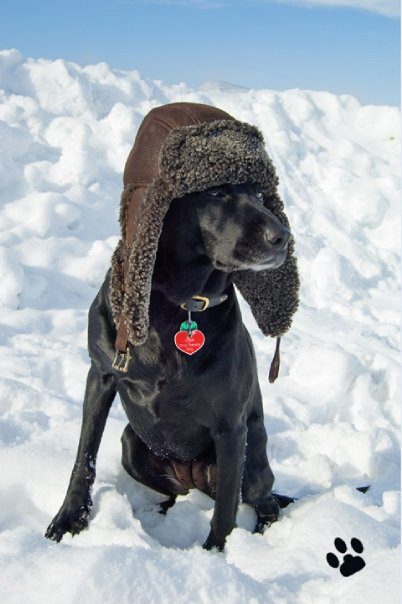
- Sunglasses, Sunscreen, lip balm (Chapstick, etc.)
- Water bottle. It is very dry in Yellowstone and the high altitude makes having plenty of fluids important.
- !!!Trip insurance!!!
Must Have
Your happy mood and passion for photography!



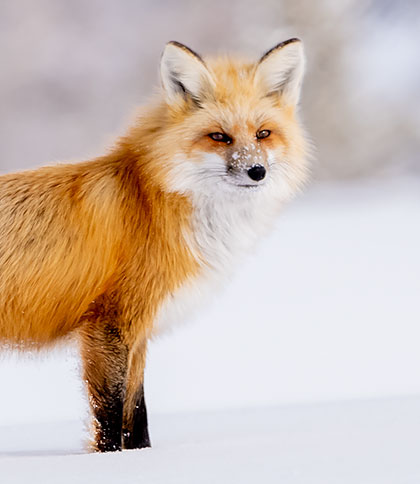
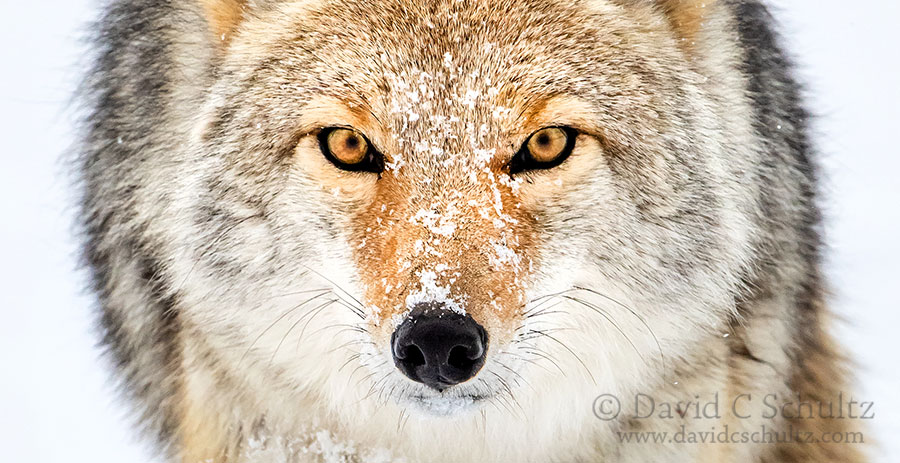
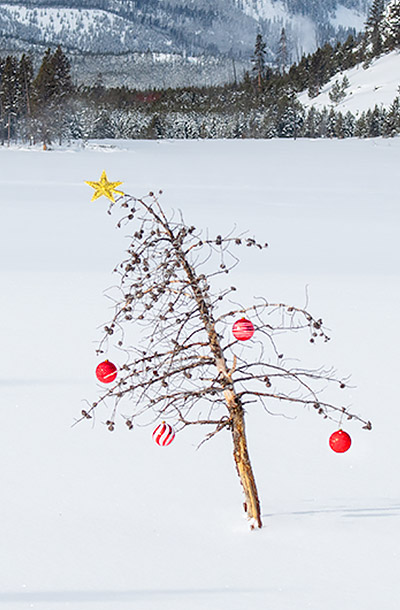
Leave a reply